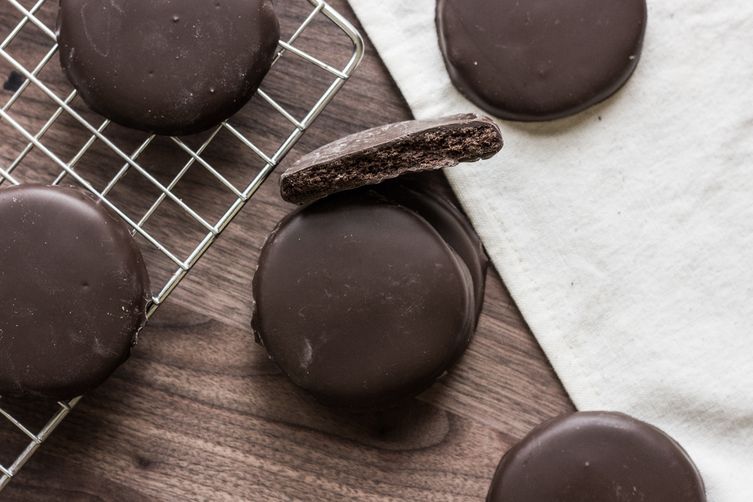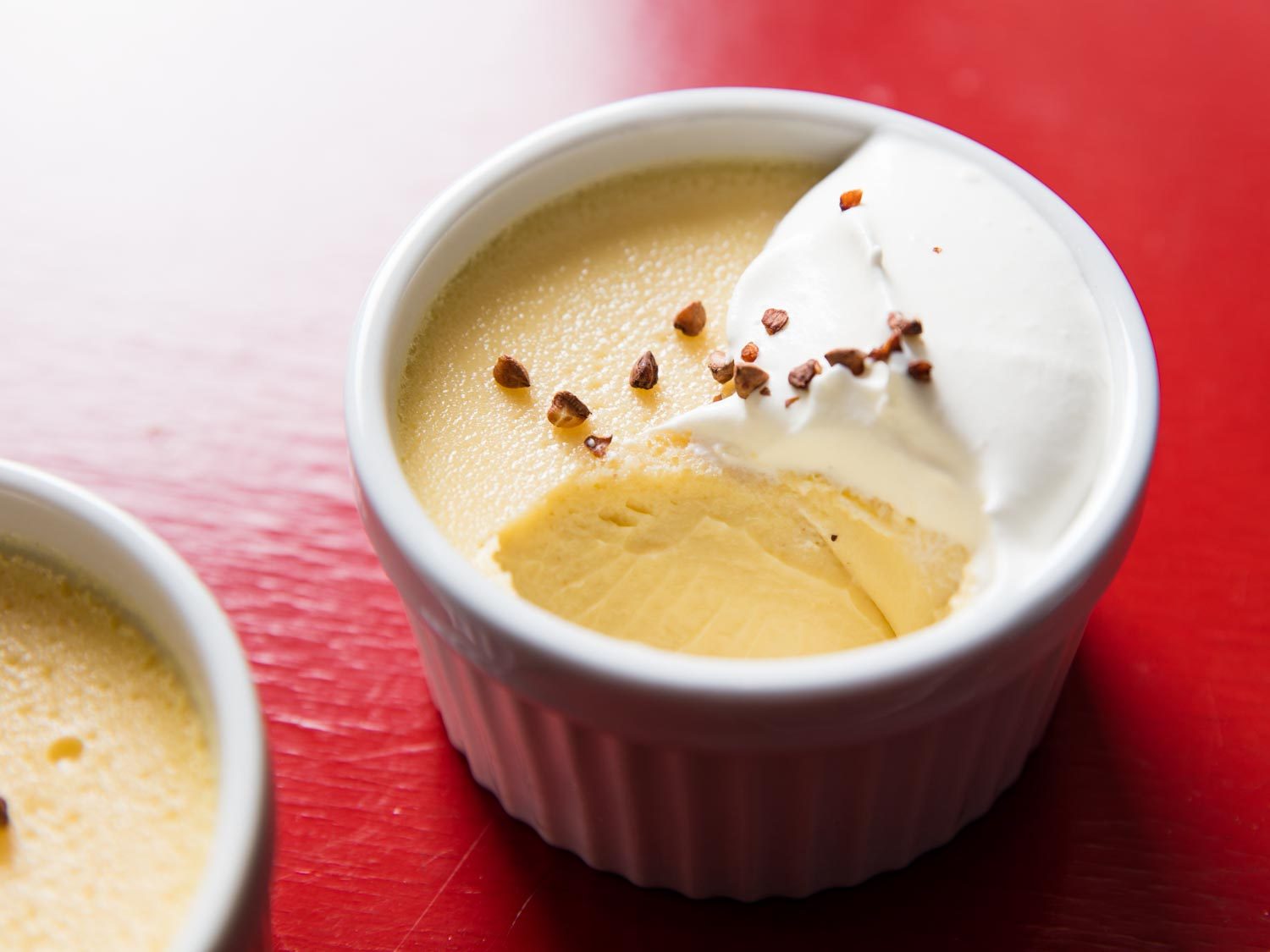Makes 2 dozen
For the cookies:
- 1 3/4 cups flour
- 3/4 cup unsweetened cocoa powder
- 1/2 teaspoon baking soda
- 1 teaspoon salt
- 1 cup unsalted butter, at room temperature
- 1/2 cup sugar
- 2 teaspoons peppermint extract
For dipping:
- 12 ounces dark chocolate, chopped (I used 1/2 Hershey’s special dark and half Ghirardelli 60% or 72%, I can’t remember now)
- 1 to 2 teaspoons peppermint extract (or more/less depending on your taste) (I used 1.5 ts)
- Preheat oven to 350° F. Line two baking sheets with parchment paper or nonstick baking mats.
- In a medium bowl, combine flour, cocoa powder, baking soda, and salt.
- In the bowl of a stand mixer, beat butter and sugar until light and fluffy, about five minutes. Scrape down the sides of the bowl and add the peppermint extract, then mix to combine.
- In two additions, add the flour/cocoa mixture to the butter, scraping down the sides of the bowl as you go. Beat until just combined and still slightly crumbly. Gather the dough into a ball, flatten slightly, and wrap in plastic wrap. Chill for 30 minutes.
- After the dough has chilled, roll out on a well-floured surface to 1/4-inch thick. Cut dough using a small round cutter (if you want to go true Thin Mint, go for one with fluted edges). Gather scraps and reroll, adding more flour if necessary. You should get about two dozen small cookies. (Not only did I multiply the recipe by 6x or 8X but I rolled it closer to 1/8, which was too thin and made way too many cookies)
- Transfer cookies to prepared baking sheets and bake 20 minutes. Allow to cool completely on pans. They will seem very crumbly when you pull them out of the oven, but will firm up as they cool.
- After cookies have cooled, melt chocolate in a double boiler until smooth. Stir in peppermint extract, to taste.
- Using a fork, dip cookies in chocolate, coating both sides and allowing excess to drip off. Place on a wire baking rack to dry. Store in an airtight container for up to one week.











